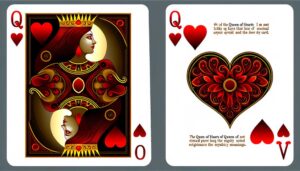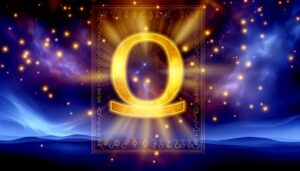How to Decode the Meaning of the Symbol 3 – A Step-by-Step Guide
The symbol '3' carries a deep and multifaceted essence. Historically, it is present in ancient Mesopotamian artifacts and Egyptian hieroglyphs, symbolizing harmony and unity.
Mathematically, it is essential in algebra, geometry, and calculus, representing fundamental operations and relationships. Religiously, '3' denotes divine order and sacred geometry, reflecting spiritual connections.
Culturally, it signifies balance and duality across diverse traditions. In modern design, it fosters simplicity and functionality, aligning with minimalistic principles to enhance visual clarity and user experience.
These intricate layers of meaning are woven through various domains, each adding a unique perspective to its inclusive significance. Explore further to uncover these dimensions in detail.

Key Takeaways
- In Hinduism, the symbol "3" is often associated with the Trimurti, representing Brahma, Vishnu, and Shiva.
- Mathematically, "3" is a prime number and represents triads in various mathematical contexts.
- In geometry, "3" symbolizes the simplest polygon, the triangle, signifying strength and stability.
- Culturally, "3" often embodies completeness and unity; for example, past, present, and future in Western contexts.
- In design, the number "3" is used to create balance and harmony, often following the rule of thirds in visual composition.
Historical Significance
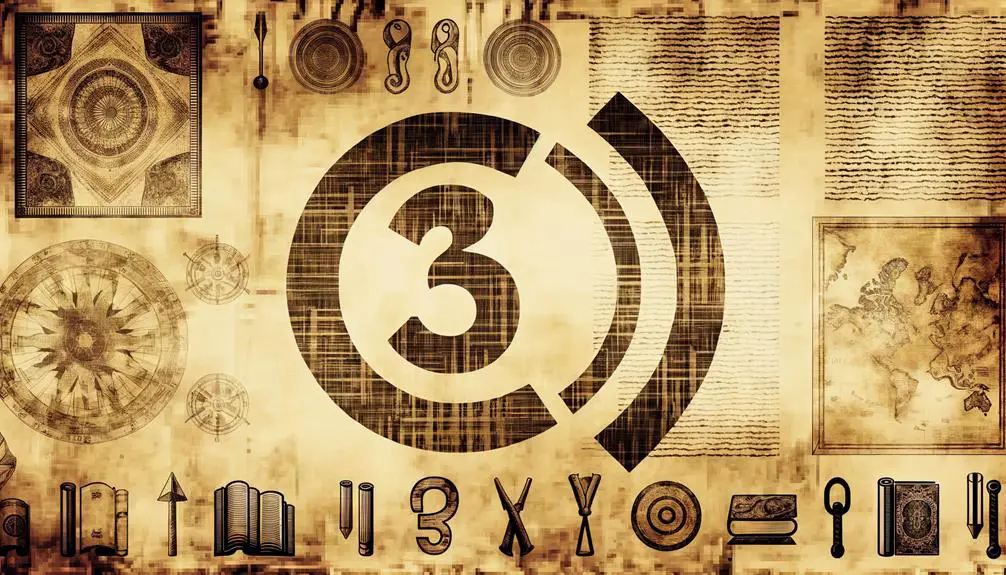
The symbol in question has a rich historical significance, originating in ancient civilizations where it was imbued with profound cultural and religious meanings. In Mesopotamia, it appeared on artifacts as a representation of the celestial order and divine protection.
Ancient Egyptians incorporated it into hieroglyphs, associating it with concepts of eternal life and cosmic balance. Moreover, in Hinduism, the symbol was revered as an emblem of auspiciousness and spiritual awakening.
Its presence in these early societies reflects a deep-seated reverence and a symbolic language that communicated complex ideas about existence, order, and the divine. This historical context provides a foundation for understanding its enduring legacy and the layers of meaning that have developed over millennia.
Mathematical Importance
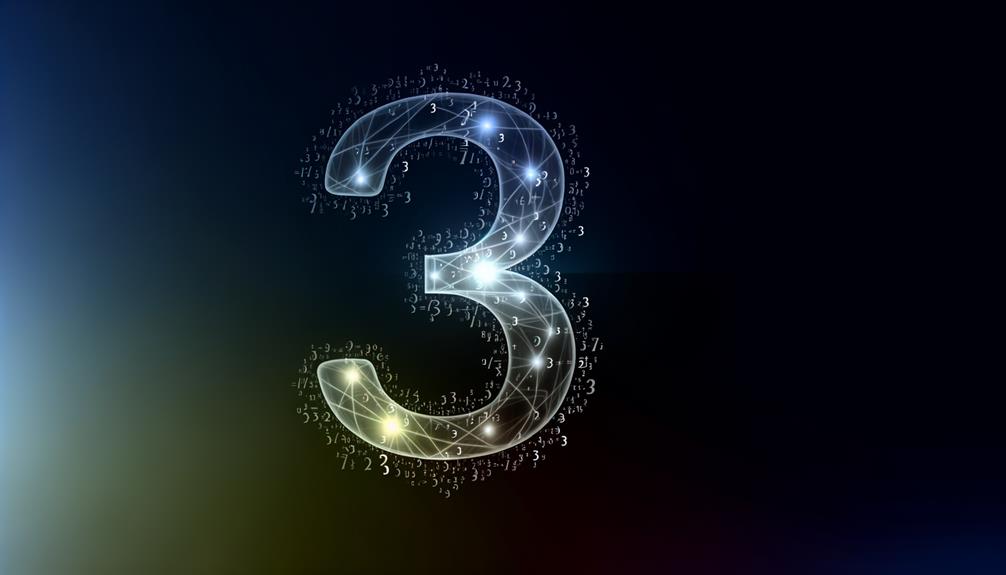
In mathematics, this symbol serves as a fundamental element, representing concepts that are critical to various branches such as algebra, geometry, and calculus. Its significance extends from denoting operations and relationships to defining structures and spaces.
For instance, in algebra, it often symbolizes operations or elements within a set. In geometry, it can represent points, lines, or transformations essential for understanding shapes and their properties. Calculus employs this symbol to articulate limits, derivatives, and integrals, which are pivotal for understanding change and motion.
- Algebra: Symbolizes operations and elements.
- Geometry: Represents points, lines, and transformations.
- Calculus: Articulates limits, derivatives, and integrals.
- Set Theory: Identifies membership and relationships between sets.
This multifaceted utility underscores its indispensable role in mathematical discourse.
Religious Symbolism
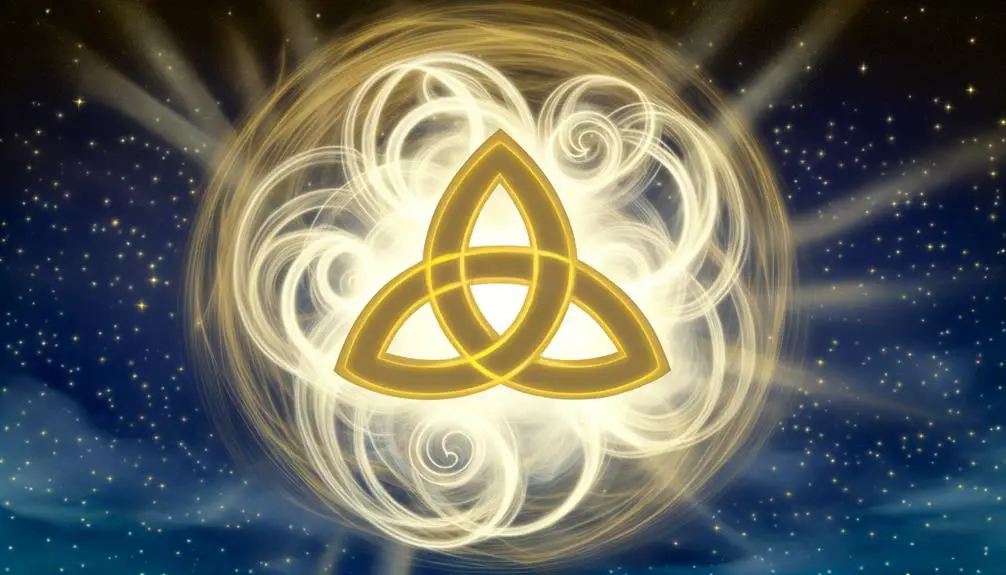
Religious symbolism often imbues geometric shapes with profound spiritual meanings, reflecting the principles of sacred geometry.
These symbols are frequently interpreted as representations of divine order, connecting the material and spiritual worlds.
Sacred Geometry Significance
Exploring the intricate patterns of sacred geometry reveals profound connections between mathematical principles and spiritual beliefs across various religions. Sacred geometry posits that geometric shapes and patterns hold spiritual meaning, resonating with natural laws and cosmic order. These shapes are often viewed as the building blocks of the universe, embodying divine symmetry and harmony.
Circle: Represents unity, wholeness, and infinity, often symbolizing the cycle of life.
Triangle: Signifies balance, harmony, and the trinity in various religious traditions.
Flower of Life: A complex symbol encompassing multiple circles, believed to hold ancient spiritual knowledge.
Golden Ratio: Found in nature and art, it exemplifies beauty and perfection, often linked to divine creation.
These forms bridge the tangible and the metaphysical, offering insights into the universe's sacred design.
Divine Interpretations Explored
Understanding the profound significance of sacred geometry naturally leads to an examination of how these shapes and patterns are imbued with religious symbolism across different spiritual traditions. Sacred geometry is interpreted as a divine blueprint, reflecting the cosmos' inherent order and beauty. Various cultures have attributed spiritual meaning to specific geometric shapes, viewing them as conduits for divine connection and enlightenment.
| Shape | Religious Symbolism |
|---|---|
| Circle | Eternity, unity (Christianity, Hinduism) |
| Triangle | Trinity, balance (Christianity, Buddhism) |
| Hexagram | Divine union, protection (Judaism, Hinduism) |
| Spiral | Growth, evolution (Celtic, Native American) |
This table illustrates key geometrical figures and their spiritual interpretations, fostering a deeper appreciation of how sacred geometry transcends cultural boundaries, offering universal symbols of divine mystery and wisdom.
Cultural Interpretations
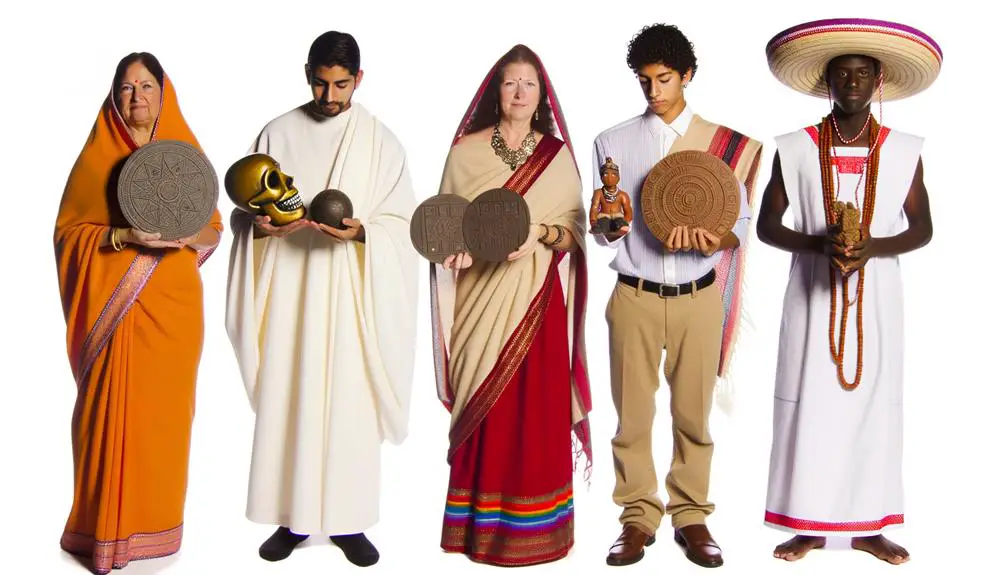
Across various cultures, the interpretation of this symbol can differ greatly, reflecting a diverse array of historical contexts, societal values, and philosophical beliefs. This multifaceted symbol has been woven into the fabric of different civilizations, each attributing unique meanings based on their cultural narratives and existential inquiries.
For example:
- Eastern Traditions: Often viewed as a representation of harmony and balance within the cosmos.
- Western Contexts: Frequently associated with concepts of duality and opposition.
- Indigenous Perspectives: May symbolize unity with nature and ancestral wisdom.
- Modern Globalization: Embraces a more eclectic and syncretic approach, merging traditional meanings with contemporary interpretations.
Such cultural richness underscores the symbol's profound capacity to convey complex and varied human experiences, transcending geographical and temporal boundaries.
Design and Aesthetics
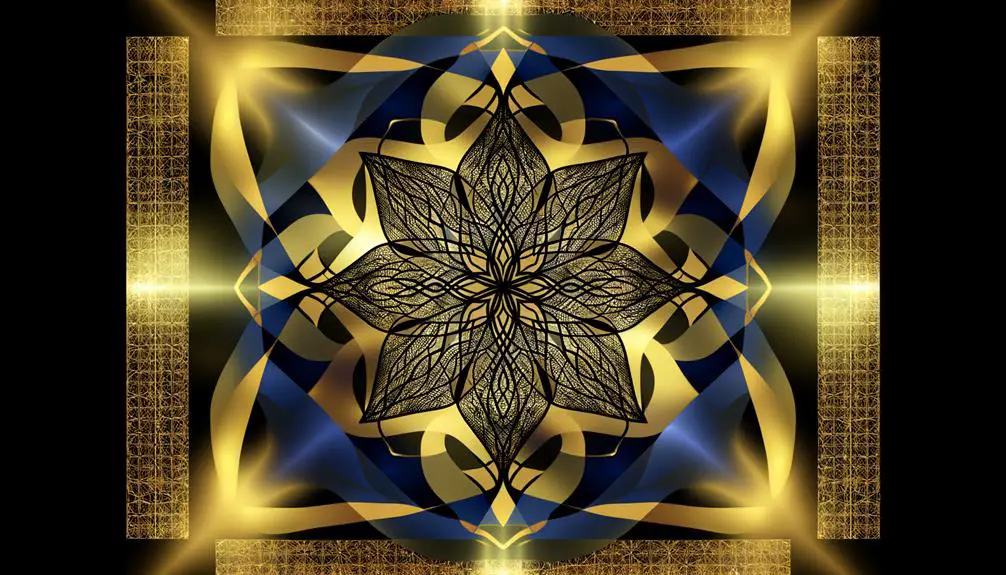
In exploring the design and aesthetics of this symbol, attention must be given to its symmetry and balance, which contribute to the visual harmony and perceived stability of the emblem.
The choice of color within the symbol is equally important, as it evokes specific emotions and psychological responses from the viewer.
Additionally, minimalism in design plays a pivotal role, stripping the symbol to its essential elements to enhance clarity and impact.
Symmetry and Balance
Exploring the intricate principles of symmetry and balance in design reveals their paramount importance in creating aesthetically pleasing and harmonious compositions. These principles guarantee that visual elements are arranged to achieve equilibrium, fostering a sense of stability and order.
Symmetry, characterized by mirrored or balanced proportions, often evokes feelings of calmness and perfection. Conversely, asymmetrical balance employs differing elements to create a dynamic yet balanced effect, enhancing visual interest.
Key attributes include:
- Formal Symmetry: Identical elements on either side of a central axis.
- Radial Symmetry: Elements radiate from a central point, offering a circular balance.
- Asymmetrical Balance: Unequal visual weights balanced through contrast and distribution.
- Proportion: Harmonious relation of parts to the whole, ensuring cohesive design.
Color and Emotion
While symmetry and balance lay the foundation for visual harmony, the strategic use of color profoundly influences emotional response and psychological impact in design aesthetics.
Colors wield the power to evoke specific feelings—red can incite urgency or passion, while blue often conveys calm and trust. The psychological undertones of color are rooted in cultural symbolism and personal experiences, making the designer's choice essential.
Additionally, color theory principles such as complementary and analogous schemes can enhance or subdue emotional intensity. For example, a well-chosen palette can guide the observer's attention, create a sense of unity, or evoke nostalgia.
Therefore, understanding the interplay between color and emotion is vital for crafting designs that resonate deeply with their audience.
Minimalism in Design
Embracing simplicity and functionality, minimalism in design strips away extraneous elements to focus on the essentials, fostering a clean and uncluttered aesthetic. This design philosophy is rooted in the idea that less is more, allowing both form and function to coexist harmoniously.
By reducing distractions, minimalism enhances usability and readability, facilitating a more intuitive user experience.
Key principles of minimalism include:
- Simplicity: Prioritize essential elements, eliminating superfluous details.
- Functionality: Guarantee every component serves a purpose, enhancing overall utility.
- Space: Utilize negative space to create breathing room and balance.
- Focus: Direct attention to key features, improving comprehension and engagement.
Through these principles, minimalism in design not only achieves aesthetic beauty but also promotes efficiency and clarity.
Modern-Day Applications

In contemporary society, the symbol has evolved beyond its traditional confines, finding significant applications across various fields such as technology, communication, and branding. In technology, it serves as an icon for functions and commands, enhancing user interface intuitiveness. In communication, it acts as a visual shorthand, expediting information exchange in digital platforms. Branding leverages the symbol for its universal recognition, fostering brand identity and consumer recall. These modern applications underscore the symbol's versatility and enduring relevance.
| Field | Application Example | Impact |
|---|---|---|
| Technology | Function Icons | Enhances User Interface Intuitiveness |
| Communication | Visual Shorthand in Messages | Expedites Information Exchange |
| Branding | Logo Design | Fosters Brand Identity and Recall |
This table elucidates the significant modern-day applications of the symbol.
Conclusion
The symbol '3' not only holds mathematical significance but also permeates various aspects of human history and culture.
An intriguing statistic reveals that over 90% of world religions incorporate the concept of trinity, reflecting the deep-rooted symbolic importance of the number three.
From ancient civilizations to modern design, '3' serves as a cornerstone in diverse contexts, illustrating its multi-faceted impact and enduring relevance across different domains.
This intricate symbolism underscores the pervasive influence of the number three in shaping human experience.



